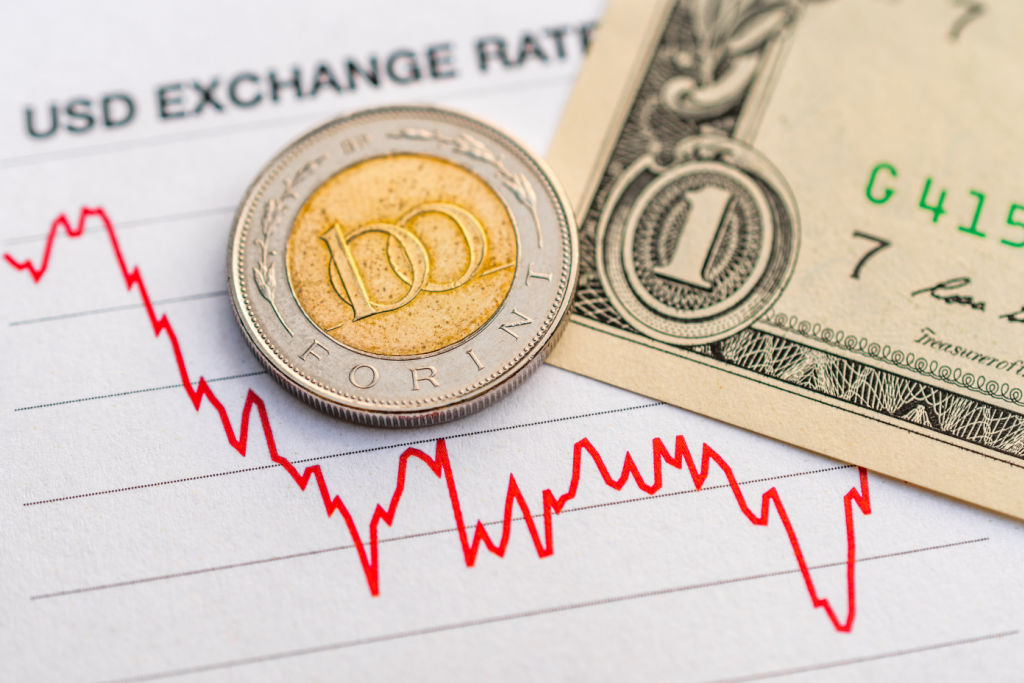In short, banks make money through the interest on loans. They borrow money from depositors at one rate and lend it to borrowers at another rate, making money on the difference between the two. This difference is called the interest rate spread. Another way banks make money is by extending secured loans, which are usually for large purchases. As collateral, the bank can seize a loaned asset if the borrower defaults on it.
Interest
Banks make money by charging people for services, such as loans. A standard checking account pays around one percent interest a month. But when you use a credit card to pay for something, that amount can skyrocket to ten or twenty percent. Banks make money by paying interest on the balance of these loans, and also by charging customers fees. Some banks charge customers origination fees and other fees for services, such as checking or savings accounts.

To put it in simple terms, banks earn money by charging interest on the amount you borrow. In the case of a savings account, you may see 1.25% or 5% interest. Then, you might find a bank charging you 5%, but giving you a lower rate than you initially deposited. Interest is simply a way for banks to make a profit. Banks want to make loans so they can make a profit and pay back that money.
Fees
You probably have a question about how banks make money. While most of them profit from interest, most charge fees for other services. Many credit cards, checking accounts, and investment accounts charge monthly maintenance fees. These fees are essentially the same. The bank collects money from these fees to cover its operating costs. But some account fees are optional. For example, if you maintain a certain minimum balance, the account may not have to be maintained every month.

Several of these fees are common and often impact your finances. For example, you might have to pay an overdraft fee when you go over your limit. You may also be charged a returned-item fee when a transaction is rejected for lack of funds. In general, these fees are around $30 to $35. In addition, some banks charge monthly account fees. These fees are meant to cover the costs of maintaining your account. However, you can avoid these fees by using an alternative bank that charges a small amount for every debit card transaction.
Interchange fees
You’ve probably wondered how banks make money through exchange fees. If you’ve used a credit card in a store, you’re most likely familiar with the interchange fee. These fees are paid by the merchant’s bank to the bank that issued your card, such as Bank of America. They’re deducted from the cost of the transaction. So, when you swipe your card at a coffee shop, the bank pays a small interchange fee to the coffee shop.

Banks make money by charging high exchange rates to consumers. For example, a person who wishes to move from the U.S. to a foreign country will need to exchange money at least twice during the transfer. These fees can add up to as much as 13 percent to the price of the transfer. They are also often hidden, so you might not notice them if you’re traveling abroad. The average exchange fee is 7% round-trip, or about 3.5% one-way.
Selling assets at auctions
Banks sell assets at auctions to make money. These sales are usually held in a city or county, and they are held in several states. In California, New Jersey, Texas, and Florida, you can attend in-person previews. The items in these auctions range from antiques and fine art to stocks and other assets. The amount of money that can be made from these sales depends on how valuable the assets are.

During an auction, a seller and a buyer compete to bid on a specific asset. They set a minimum price for the asset, and each bidder competes by offering different prices. If the final bid does not meet the seller’s minimum price, the sale is not completed, and the property remains unsold. The highest bidder is considered the winner. However, the seller can set a reserve price for the asset.
Non-interest expenses
Banks earn revenue from a variety of non-interest activities, including service fees, ATM fees, and loan origination fees. These expenses complement interest income from loans and investments in the financial markets. While the vast majority of these expenses are purely incidental, non-interest income is nevertheless crucial to the overall financial health of a bank. Non-interest income varies widely between banks. In some cases, the income is higher than that from loans, which explains the difference.
Non-interest expense is the cost of a bank’s operating expenses that do not directly attract depositors’ funds. Since these expenses are so large, they must be carefully managed by a bank, since too much of them can negatively affect the bottom line. Non-interest expenses include personnel costs, occupancy costs, and IT costs. They also include fees for professional services such as legal services and postage. Non-interest expenses are essential to running a bank and need to be managed properly in order to maintain a healthy bottom line.
Loans
While you might be adamant that you do not need to take out a loan, you might be surprised to know that banks make money from lending to other people. They borrow money from your accounts and then lend it to other people, earning interest on the balance of the loan. Then, they repay part of the money back to the people who made the deposit in their account. This revenue cycle creates a lucrative profit for the bank, but it’s not the only way they make money.

The main activity of a bank is financing. They make money through loans and deposit accounts. While many businesses make their money from selling goods and services, banks make their money by providing financial products such as savings accounts, loans, and certificates of deposit. This is because banks earn more interest on loans than they do on deposit accounts. This income stream allows banks to expand their reach into new markets. As a result, banks earn billions of dollars per year by providing loans to customers.




